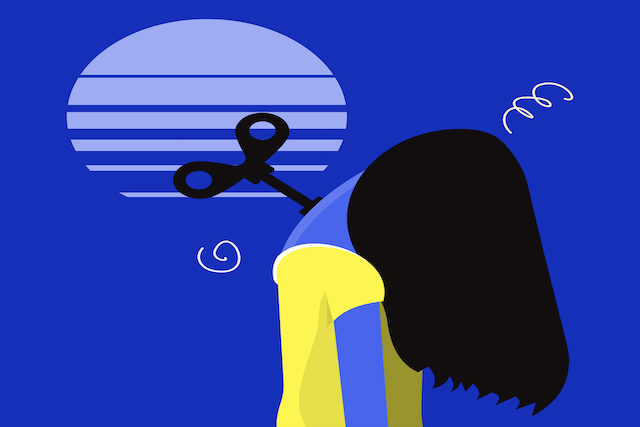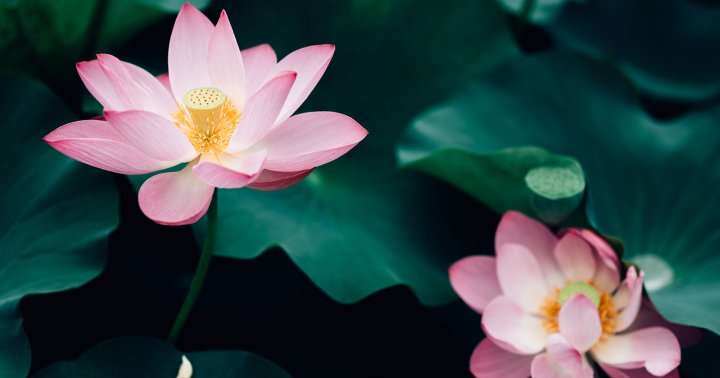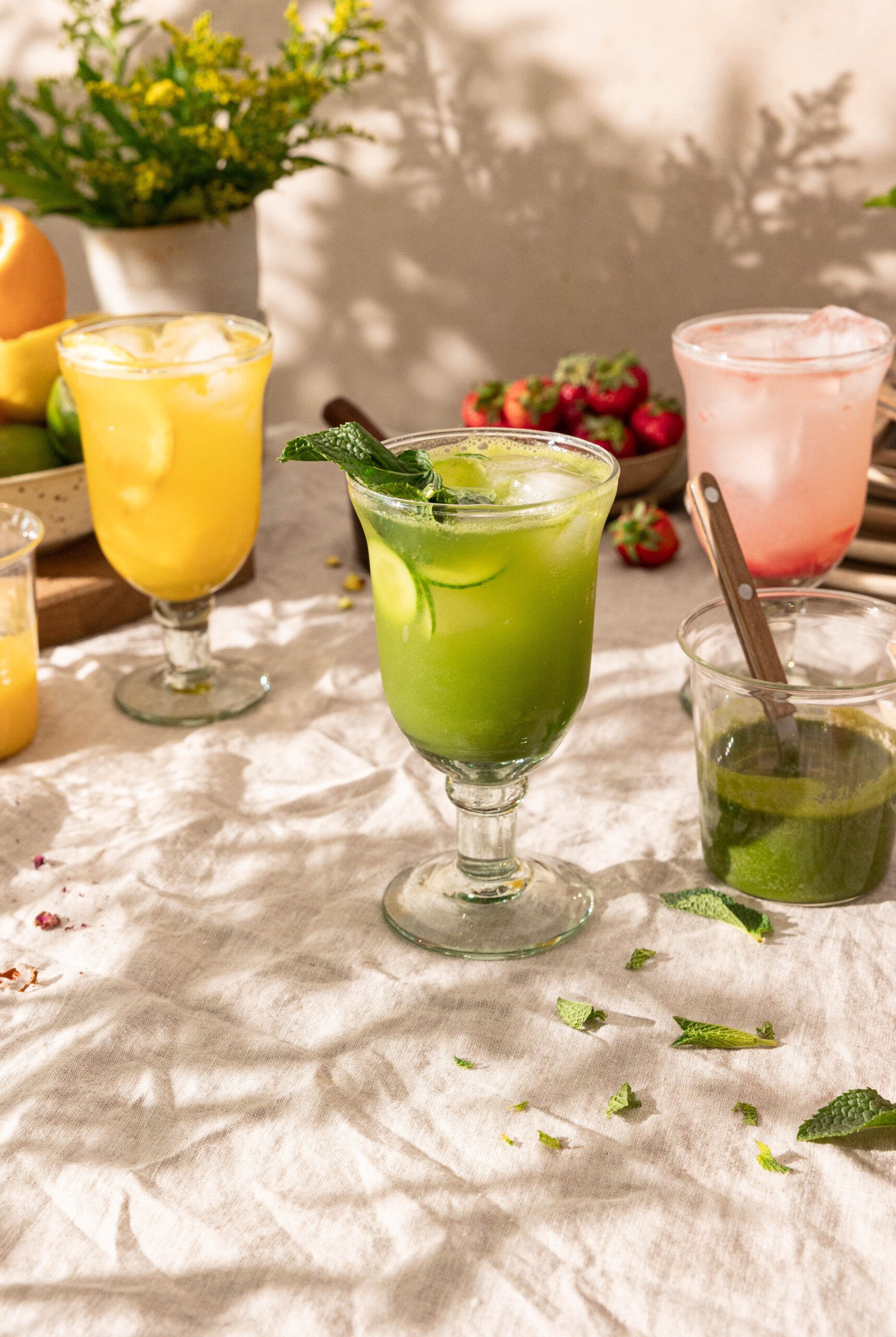Never a Dull Moment
Karl Palma won’t cook with a dull blade or a dull mind. The post Never a Dull Moment appeared first on Lions Roar.

Karl Palma won’t cook with a dull blade or a dull mind.

Karl Palma prepares takoyaki, a Japanese snack, at the Japan Festival occurring every year in Manhattan’s Upper West Side. Photo courtesy of the author.
As a chef, I begin food preparation as soon as I wake up in the morning. On the way to the kitchen, I count my steps. Down the lobby, straight ahead—left, right, left, right. My feet glide across the floor and into the kitchen. I turn on the lights and some music. I make coffee, fire up the stoves, and boil a pot of water for dashi (soup stock). Then, I take out my knives and whetstones.
The sharpening stones I have in my possession are vital to me. About two-thirds of them were passed down to me from a temple caretaker. Rev. Earl Ikeda, a retired Buddhist priest from New York Buddhist Church, also gave me two special stones from Kyoto—both medium to fine grit—that I treasure. These stones are over fifty years old. I sometimes pause and remind myself of the long history of food being prepared from them, and how lucky I am that they’ve ended up in my hands.
Gratitude—how can I express it?
By doing my best today.
I get my sharpening station ready over the sink and start with my coarsest stone. Hozan Yamamoto’s album Ginkai plays in the background. The music is a blend of shakuhachi (Japanese flute) mixed with modern jazz—my favorite. I set a timer for twenty minutes and splash some water on the stone.
I want my staff to be happy. I want my customers to be happy. So, I cultivate happiness in myself.
I work slowly and methodically. Starting from the tip of the knife, I sharpen the blade back and forth, back and forth, counting in four groups of four at the push of the knife: one, two, three, four…two, two, three, four…three, two, three, four…four, two, three, four…. After this cycle ends, I move my fingers about half an inch down and start over. Staying on course, I repeat the process.
I listen carefully to the scraping of the knife against the stone. These sounds tell me if I need to give more attention to a certain area. I work my way down to the heel of the knife with intention. Somehow my vision always begins to tunnel, and I focus only on the knife, the stone, and my fingers making contact. I have to be careful not to cut myself.
This is a mindfulness practice, a meditation. I stay focused on what I’m doing in the moment. Letting go of any thoughts that come to my mind, I breathe deeply and slowly, but I do not make an audible sound or a sigh, as that would distract my senses. I repeat and repeat and repeat, only stopping to check the edge.

For Karl Palma, sharpening his knives is a meditative practice. This is his custom-made blade from a master knife maker from Kumamoto, Japan.
Once I feel the knife has been sharpened evenly with the first stone, I switch to a finer-grit stone and repeat the process. As I continue sharpening, fewer thoughts come into my mind, and things become more automatic. I can hear my music now. I’m immersed in the routine, watching the knife’s transformation from a simple inanimate object, into a tool connecting my heart and mind to my food. The knife and I sharpen together.
The alarm goes off on my phone. I’m ready to work.
I specialize in takoyaki, a ball-shaped Japanese snack. When I started my business in 2015, I was stressed about the responsibilities of being a “professional chef.” I’d long dreamed of becoming a chef of Japanese cuisine, but I had a lot to learn as I’m not Japanese. I’m Filipino. So, I would find sushi articles and books in Japanese and translate them into English. I also had the honor of living at the New York Buddhist Church with Rev. Ikeda, who knew a lot about shojin ryori (Japanese monastic cooking). When he had advice about cooking, I did my best to listen.
Back then, I had a cheap knife that always lost its edge. I would have to resharpen it constantly. I felt disconnected from ingredients and discouraged; my mind would be flooded with negative thoughts about my work. Ikeda Sensei told me that once I had the money, I should go and buy a new knife. So, I made a pilgrimage to Japan and, with the help of some friends, purchased a knife directly from a bladesmith in the small town of Kumamoto City. The art of making knives goes back centuries in Japan.
When I came back to the United States, I felt renewed and inspired to work. My cooking began to transform. Sure, I was putting in long hours slicing, but with a sharp and nimble knife, I was able to move efficiently and joyfully. My mood was better. I often thought of my mother’s calm demeanor when she cooked and how her food made me happy.
I want my staff to be happy. I want my customers to be happy. So, I cultivate happiness in myself. Sometimes, when I’m a little down, I go to the kitchen and sharpen my knife, and it brings me back to the middle path. Then at the end of my shift, I resharpen my knife, polish it, and clean it.
A good knife has enabled me to develop concentration and show respect for the ingredients. Reflecting on causes and conditions, I see that life never has a dull moment.

 Hollif
Hollif 































